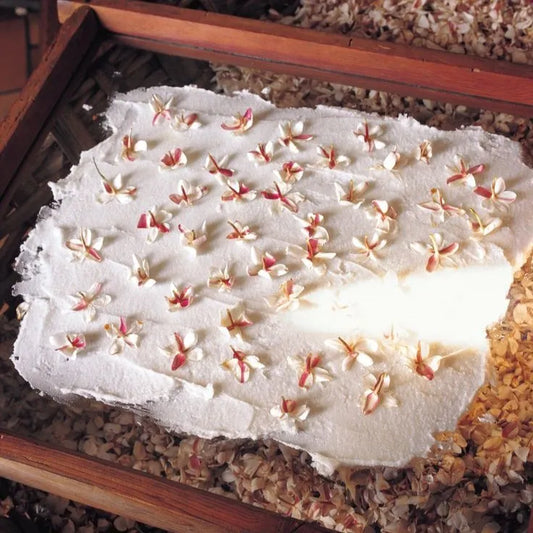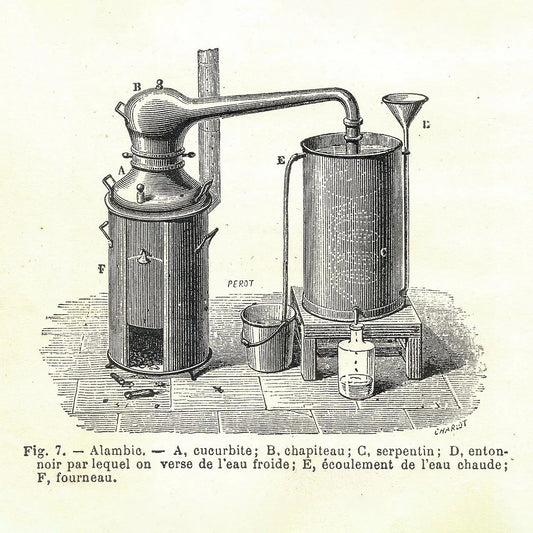Until recently, the global scientific community had not taken a great deal of interest in essential oils. In the past 20 years, research into the biological activities of essential oils has increased, providing the first glimmers of insight into the oils’ potential medicinal properties. Laboratory research has revealed that essential oils have a complex chemical composition, making it difficult to isolate a single pathway through which they affect microbes. Their complexity, however, may be exactly what makes some of these oils effective against bacteria, viral cells, or fungal cells in a test tube. Some oils are producing positive results in laboratory tests, so research will continue to determine if the results produced in a lab can be replicated in human beings.
This does not mean that claims of health benefits made by marketers of essential oils are true or that any essential oil can serve as a substitute for an antibiotic, chemotherapy, or other modern medical therapy recommended by doctors.
No statement can be made about the properties of essential oils as a whole, because each has its own unique chemical composition. Over the past several decades, studies of 10 specific oils have yielded interesting information, some of which may lead to the use of one or more of these oils as part of a pharmaceutical solution—but whether these oils will turn out to be alternative antibiotics, pain relievers, anxiety reducers, sleep aids, or the cure for cancer is unknown at this time.
What is known, however, is that essential oils are potent and should be used sparingly. Because of the way they are distilled or expressed from tons of plant matter, the oils are 50 to 100 times more concentrated than they are in the plant. They should not be applied directly to skin without diluting them in a carrier oil (see What are carrier oils, and why should I use them?), because the potency of some oils can irritate the skin or even cause chemical burns.
Scientists warn that consumers should not ingest the essential oils they purchase in stores or from multilevel marketing companies, even though some of these received the Generally Regarded as Safe (GRAS) ranking from the U.S. Food and Drug Administration (FDA). Oils on the GRAS list have been approved for use in food manufacturing, where minute amounts of them are blended into massive quantities of ingredients; even a drop or two in a glass of water may be too strong for home use. In addition, aromatherapy diffusers should not be left on all day—a 30-minute time period is long enough to fill a room with scent, without overexposing adults, children, and pets to the oil. No essential oil should be used on young children.
Research has shown that aromatherapy has some positive effects on the human body and psyche. Scientists theorize that the components of essential oils bind to receptors in the brain’s emotional center, triggering the limbic system and producing a calming or invigorating effect. This has been observed through functional imaging studies, in which researchers monitor brain activity using computerized tomography or magnetic resonance imaging while the subject inhales air containing the vaporized essential oil. The studies have also noted that aromatherapy has very low toxicity, producing little to no harmful vapor—and diluting the oils in a carrier oil to apply to the skin also reduces the oil’s potential toxicity.
Other recent studies have examined essential oils’ antimicrobial and other potential medicinal properties; we’ll discuss these in turn later in this book.





